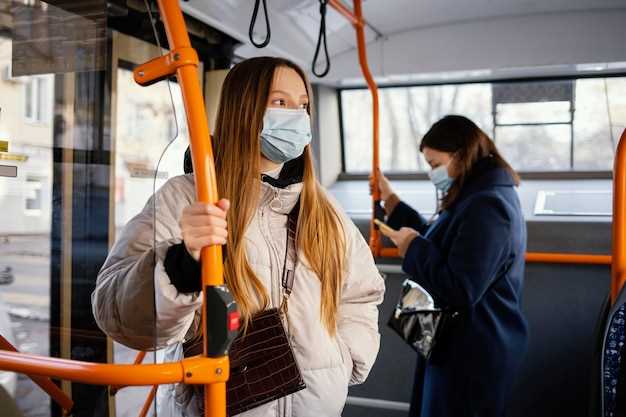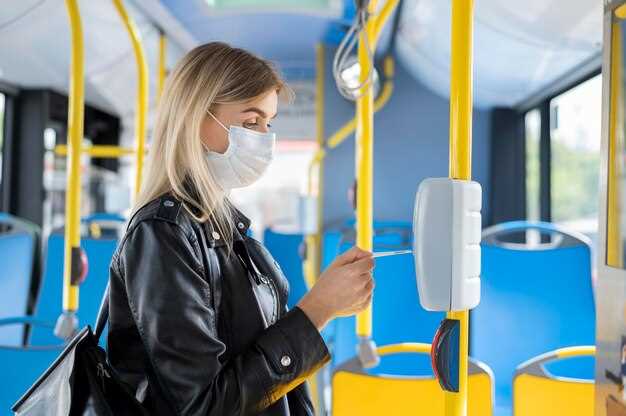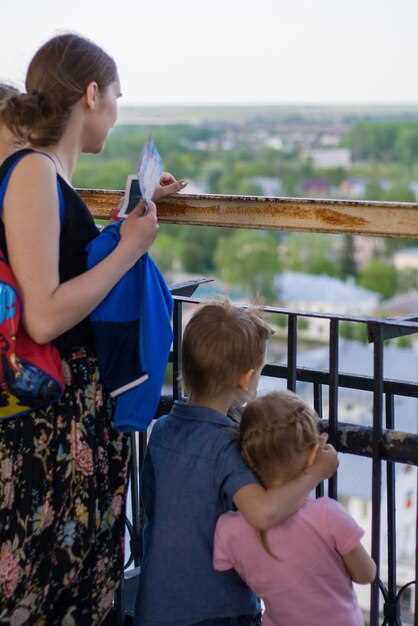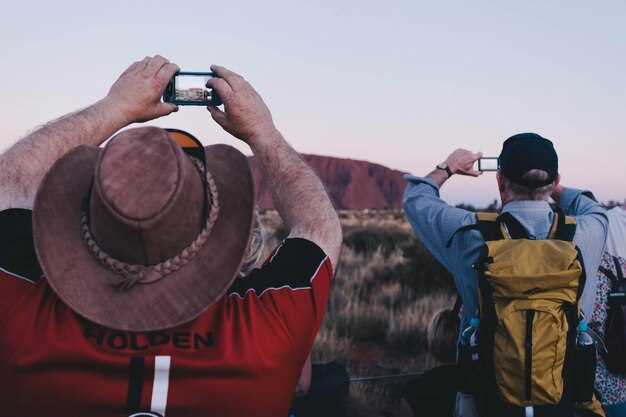This show reveals the fastest way to navigate Moscow: start with the metros and load a Troika card. During peak hours, the metros run trains every 2–3 minutes; off-peak, every 5–7 minutes. In the gorky area and other citys major centers, this route shaves minutes off arrivals and keeps you moving–apparently the simplest choice for first-time visitors.
Next, buses fill the gaps and extend reach beyond central lines. Daytime headways are 5–10 minutes; night routes run on some lines every 20–30 minutes. Look for routes that connect to major metro hubs, bus ports, and stops to minimize transfers and cover a wider area.
Alternative transport options add flexibility, especially in busy summer hours. Rides with a local driver are convenient, but dont assume low prices–fares can be expensive during peak times, so check before booking and weigh a short bike or scooter hop for nearby destinations. Like the citys urban layout, bikes work best on flat areas and short hops between stops.
Plan ahead to avoid delays around theatres and busy arrival windows. Arriving in the city during summer? Start with the metro in the morning, then switch to buses for scenic routes; looking at a map in advance helps you compare options and save time before curtain calls.
Practical Transit Guide for Getting Around Moscow
Get a Troika card before your first ride. Top up at metro vending machines or kiosks, then tap on entry. A single card covers metro, bus, and tram trips, reducing clutter and speeding transfers.
The Metro opens around 05:30 and last trains run near 01:00. During peak hours, trains arrive every 2–3 minutes in central sections; in the evening, headways extend to 8–12 minutes. Always check the latest hours on the official app because some lines adjust service for holidays or maintenance.
Plan transfers at major interchange stations where two or more lines cross. Transfers remain valid for 90 minutes after the initial tap across modes; you can hop between lines with no extra fare within that window. If you exit a station and re-enter later, the timer resets, so group longer legs into a single plan.
Bus routes fill gaps where rail does not reach, and electric buses provide quiet, clean options after dark. Night service exists on many routes; check the app for last departures and alternative corridors. When buses arrive, board at the front; tap the Troika card upon entry and keep a brief lookout for stop announcements.
To reach international hubs, use express rail lines or direct long-distance buses from central stations. The express rails operate from key terminals and offer fast connections with luggage. For airports, plan to start from a central hub and allow 30–45 minutes for transfer to terminal buildings, depending on terminal complexity.
Maps and apps help a lot. Use the official transit app or trusted map services to verify line colors, transfer points, and last trains. Most stations offer English guidance at major entrances, while staff can provide quick directions if you ask in a concise English sentence.
Accessibility and safety: ensure your card is loaded before you travel; hold on to handrails on escalators; be mindful of platform gaps and moving crowds during peak times.
Metro: fares, passes, and smart-card usage
Get a Troika card at any metro kiosk or ticket desk, and load it before you ride. It works on metro, buses, trolleybuses, and some suburban trains, so you tap once and pass through the turnstile quickly. During peak hours, that speed saves minutes for them who commute daily and explore the city.
Prices for a single ride are shown on the machines and departure boards; passes come in daily, weekly, and monthly options, plus student and senior discounts. The daily passes let you ride unlimitedly for 24 hours, which is ideal if you plan several trips across the west and central zones. For longer stays, consider a monthly pass to reduce the average transport cost and keep your trips predictable.
To use a Troika card, tap on entry at any turnstile; some machines also let you tap to check balance and reload. You can top up at stations, via the official app, or on mos.ru with a linked card. If you forget to check balance, the machine shows the remaining amount or the number of trips left, helping you plan departures your day during busy periods.
If you arrive at vnukovo, ride the Aeroexpress to Kievskaya, then transfer to the yellow Circle line for west Moscow or to reach the nizhny districts. The yellow line connects key hubs with fewer transfers, letting you cover more miles in less time and enjoy smoother travel between terminals and city centers. Their maps depict the main routes and handy transfer points, making it easy to map a quick path from Khrushchev-era blocks to modern districts.
Keep items secure and check departure boards for any work on lines or service changes; hours vary by route and day, so a quick check prevents delays. Other transport options exist for late-night trips, but using the Troika card on the metro often saves you money and time, letting you enjoy a reliable, corner-ready way to move around the city, even after a long day.
Metro navigation: maps, route planning, and transfer rules
Start with the official Moscow Metro map app to plan your route: compare direct runs and transfers, and pick the fastest option for the time of day. Using this approach helps visitors navigate metros with confidence while avoiding crowded stations.
The map presents a practical, clean view: circular central lines meet radial branches; you can see direction arrows and transfer points at a glance. komsomolskaya stands out as a renowned interchange for quick changes between lines. The ceiling details and baroque motifs in many stations are a pleasant backdrop that helps you orient yourself while you ride. The system offers clear guidance for russian readers, and the design works well with railways signage. The map is open to all, and the graphic layout makes it easy to compare routes at a glance.
Transfer rules are straightforward: with a valid ticket, you can transfer within a 90-minute period across lines without paying again. Look for transfer indicators, and keep an eye on signage showing line direction and transfer corridors. If you must switch at a hub like komsomolskaya, you usually walk a short middle section between platforms, which is practical and quick. The percent of passengers who prefer direct routes versus interchanges varies by time of day, but a well-planned route saves minutes. For visitors, planning a route that takes a few minutes to read and follow is better than wandering; trains run frequently, and the system offers fast, safe transport across the city.
Bus network: ticketing, boarding, and real-time updates
Get a Troika card before your first-time ride and top it up online or at kiosks; this provides easy boarding and reduces cash handling at busy stops.
- Ticketing and fares
- The Troika card works across transport including buses, metro, and trams, and transfers within 90 minutes let you switch modes without paying again.
- Single-ride tickets are available from the driver or via QR codes in supported apps; dont rely on cash if a reader is down–have a backup.
- New users may need a small refundable card deposit; check current rules on the official Mosgortrans site for the latest details.
- Boarding and validation
- Enter through the front door and tap Troika on the reader; if you dont have a card, request a QR ticket or pay the driver with cash or contactless when possible.
- Keep the card ready and board quickly to help flow at busy stops; on busy routes, passengers exit first.
- At major hubs such as komsomolskaya and mayakovskaya, buses connect with metro lines, making transfers part of a smooth plan.
- Real-time updates and tools
- Use Yandex Transport, Google Maps, or the Mosgortrans app for live arrival times, route changes, and service alerts; the data is provided by unions and transport authorities, providing helpful context for every ride.
- The real-time data reflect past and current conditions, and climate-related delays or detours are shown so you can adjust quickly.
- Some apps integrate alexа-based voice help to answer questions about next stops and transfer options, making it easier for first-time travelers.
- Practical tips
- For bilingual users, the interface offers language options and clear rules to follow, including major rules about boarding and transfers.
- Avoid hitchhiking near yards or stops; use official channels to stay safe and have a record of your route.
- The architecture of Moscow’s transport system supports easy transfers between above-ground buses and underground lines, often with connections at komsomolskaya or mayakovskaya.
- If you’d like tailored recommendations, dont hesitate to share your starting point – I would help you map easy routes and the best hubs to reach your destination, including train connections when relevant.
- This approach provides a fine balance for travelers, giving every rider reliable and timely information to plan each stop with confidence; the reason is to keep you moving smoothly through the city.
Airport access: fastest routes to Domodedovo, Sheremetyevo, and Vnukovo
Take Aeroexpress from central Moscow stations to reach all three airports quickly. Board from Paveletskaya for Domodedovo, Belorusskaya for Sheremetyevo, or Kievskaya for Vnukovo, and connect to the terminal with minimal street traffic. This is the fastest door-to-terminal option for both city-center travelers and hotel guests. This path helps them arrive on time.
Domodedovo: Reach Paveletskaya by metro in about 15–25 minutes from most central districts, then take the Aeroexpress to DME in roughly 30–40 minutes. Door-to-door, plan about 45–60 minutes under normal conditions; in the morning rush, add up to 15 extra minutes, but you still get short rides and efficient service.
Sheremetyevo: Head to Belorusskaya and take the Aeroexpress to SVO in about 35–45 minutes. Total door-to-door time is roughly 55–75 minutes; in the morning rush, budget 70–85 minutes. The large rail node at Belorusskaya keeps trains running with reliable frequency, and clear signs help you stay oriented.
Vnukovo: Go to Kievskaya, board the Vnukovo Express, and reach VKO in about 30–40 minutes. Door-to-door 50–65 minutes; morning conditions can push to 65–85 minutes. Both metro and express keep working through the day, offering stable options for travelers with luggage.
Planning tips: Use Yandex Maps for live times and sign directions. Facts from current schedules show these ranges. In the morning, a rooster may crow as you reach the platform, but transfers stay efficient with short waits and minimal walking. For a smooth trip, follow a short checklist: confirm your terminal, choose the fastest rail option, and have your ticket ready for a quick door-to-terminal transfer.
Trams, bikes, and ride-hailing: last-mile options
Take the tram for the final leg after you exit a Metro hub; it links central districts with neighborhoods that see less traffic and it runs on a reliable cadence. Numbers show daytime trams arrive roughly every 6–10 minutes; late evenings every 12–20 minutes. With extensive stops along routes, you can step off near a mural and statues, then walk a short distance to your target. Certain lines head toward parks and museums, and the line spans miles of track, offering a light, calm ride that feels wonderful and reduces hassle. You can grab a souvenir at a kiosk near the station and continue on foot the rest of the way. This option has a clear advantage over buses during peak jams.
Bike share has an extensive network with hubs near major Metro exits. Unlock a ride in seconds; prices show in the app for daily or monthly passes. A small per-half-hour rate keeps trips affordable, and priced options exist for occasional travelers or regular commuters; members save more with longer-term plans. Stations cluster within a few minutes’ walk of most stops, and bikes undergo routine maintenance to keep them safe. Some bikes have white frames and bright lights, making night rides easy.
Ride-hailing: For door-to-door convenience, ride-hailing fills last-mile gaps between stations and destinations. You can compare prices in the app before you book, and choosing like a shared ride often keeps the cost down. Rather than wait for a bus, you can book now and go later. If you travel with a few bags, a standard car works well; the service runs late into the night and covers most districts, giving you really flexible options. Facts show that in many cases the travel time is shorter than a street-level route during rush hours.
Practical tips: Keep a small map handy and check real-time routes; keep the app open to track arrivals and nearby hubs. Look for escalators in big hubs to move between levels, and explore the halls of commerce near stops where you can grab a sweet treat or a quick coffee. Open-air kiosks outside metro entrances offer light snacks and white directories point you to the right platforms, while a few minutes of walking keeps you comfortable.

 Getting Around Moscow – Metro, Buses, and Alternative Transport Options">
Getting Around Moscow – Metro, Buses, and Alternative Transport Options">


 Relaxing Weekend in Moscow – A Calm Guide to Parks, Cafes, and Culture">
Relaxing Weekend in Moscow – A Calm Guide to Parks, Cafes, and Culture">
 Smart Tourism in Moscow – Apps and Digital Tools for Modern Travelers">
Smart Tourism in Moscow – Apps and Digital Tools for Modern Travelers">
 Get Married in Moscow – Unforgettable Wedding Ideas in Russia">
Get Married in Moscow – Unforgettable Wedding Ideas in Russia">
 16 Best Moscow Breweries and Craft Beers in Russia – A Definitive Guide">
16 Best Moscow Breweries and Craft Beers in Russia – A Definitive Guide">
 Street Art in Moscow – A Guide to the City’s Murals">
Street Art in Moscow – A Guide to the City’s Murals">
 Family-Friendly Educational Tours in Moscow for Kids">
Family-Friendly Educational Tours in Moscow for Kids">
 Private Tours – Customized, Exclusive Guided Experiences for Solo Travelers and Small Groups">
Private Tours – Customized, Exclusive Guided Experiences for Solo Travelers and Small Groups">
 Royal Yacht Club – Exclusive Membership, Premier Sailing Events, and Luxury Maritime Experiences">
Royal Yacht Club – Exclusive Membership, Premier Sailing Events, and Luxury Maritime Experiences">
 Is Moscow Safe for Tourists? 5 Essential Safety Rules for Visiting Russia">
Is Moscow Safe for Tourists? 5 Essential Safety Rules for Visiting Russia">
 Cultural Dos and Don’ts in Moscow – A Traveler’s Guide to Etiquette">
Cultural Dos and Don’ts in Moscow – A Traveler’s Guide to Etiquette">